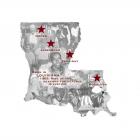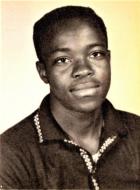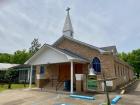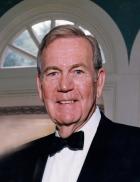Louisiana Senate passes bill aimed at lowering insurance rates by limiting damage lawsuits
By Catherine Hunt
LSU Manship School News Service
BATON ROUGE--The Louisiana Senate passed 29-9 another bill aimed at lowering insurance rates by limiting damage lawsuits.








